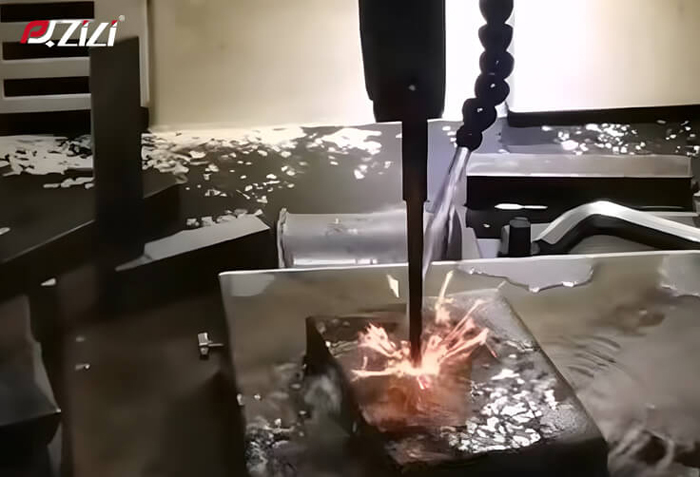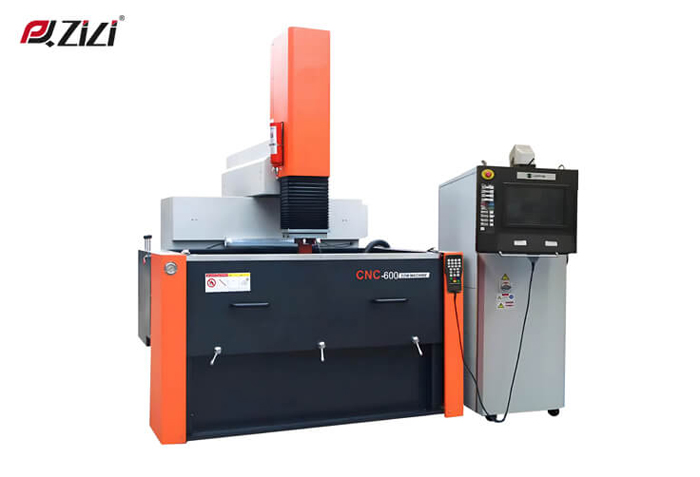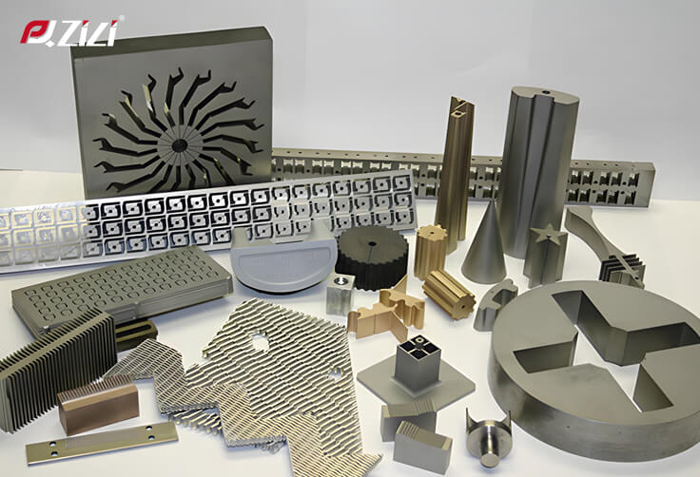In the 21st century, the manufacturing process of products has become more and more refined, so the electrospark machining industry has also been born to meet the needs of high process requirements. This process is usually very popular in the automotive machinery industry and aviation manufacturing, because this process can easily make high-hardness materials into complex and fine shapes, so it is very popular in large-scale precision manufacturing industries. After the shape is made by electric spark heating, it needs to be cooled by an industrial chiller. The most important part of the entire set of electrospark process is the control of process temperature.

The electrospark process is a process that was born with the manufacturing of fine products. It can use high temperature to remove tiny water outlets on mechanical parts to ensure the fineness of parts.
The first step is to place the mechanical parts to be processed into the dielectric fluid, which will remove the ionized water and oil on the parts.
The second step is to bring graphite or copper close to the parts to generate high-frequency current to become electric sparks.
The third step is to control the electric sparks to melt and corrode the target material to form the required shape.
As EDM technology matures, it also brings a major difficulty, which is how to control the heat generated during operation. If you just operate it without controlling the heat, the current fluid will heat up quickly during the processing, causing the parts to become defective, and the work efficiency and benefits will be greatly reduced.

However, this problem will be solved well if an industrial chiller is added to this process line. The chiller can remove the heat generated during the EDM process, keep the parts at a suitable temperature, reduce the probability of deformation and expansion of parts and electrodes due to heat, and increase the industrial life of the EDM industry chain.
The current will be pumped from the EDM equipment into the chiller. Heat exchange will be carried out inside the industrial chiller and the compressor will be used for cooling. The cooled water will return to the EDM equipment via the original route and continue to absorb the heat generated during the manufacturing process, helping the machine to cool down and ensure the normal processing of parts.

How Chillers Work: What is an air cooled chillers? ;What is a water cooled chillers?
The industrial chiller for sale provided by Pengqiang can work 24 hours a day and maintain a stable temperature for a long time during the EDM process. This long-term stable and precise temperature can minimize the scrap rate of mechanical parts and ensure the precise size of the parts after they are manufactured.

In the EDM process, if the temperature is too high, the performance of the entire industry cannot be guaranteed, and it is also easy to cause high-temperature short circuits in the circuit. The addition of industrial cold water can achieve faster material cutting speeds and component water outlet removal rates. Such operations can also prevent short circuits caused by excessive energy consumption during processing, and can achieve uninterrupted work.
Pengqiang chillers can be used in all walks of life and have a wide range of uses. Our machines have advanced temperature control systems and microcomputer operations, allowing customers to easily get started and quickly put the machines into use, ensuring industrial efficiency, allowing high-precision industries to have greater room for quality improvement, and ensuring the precision of products.